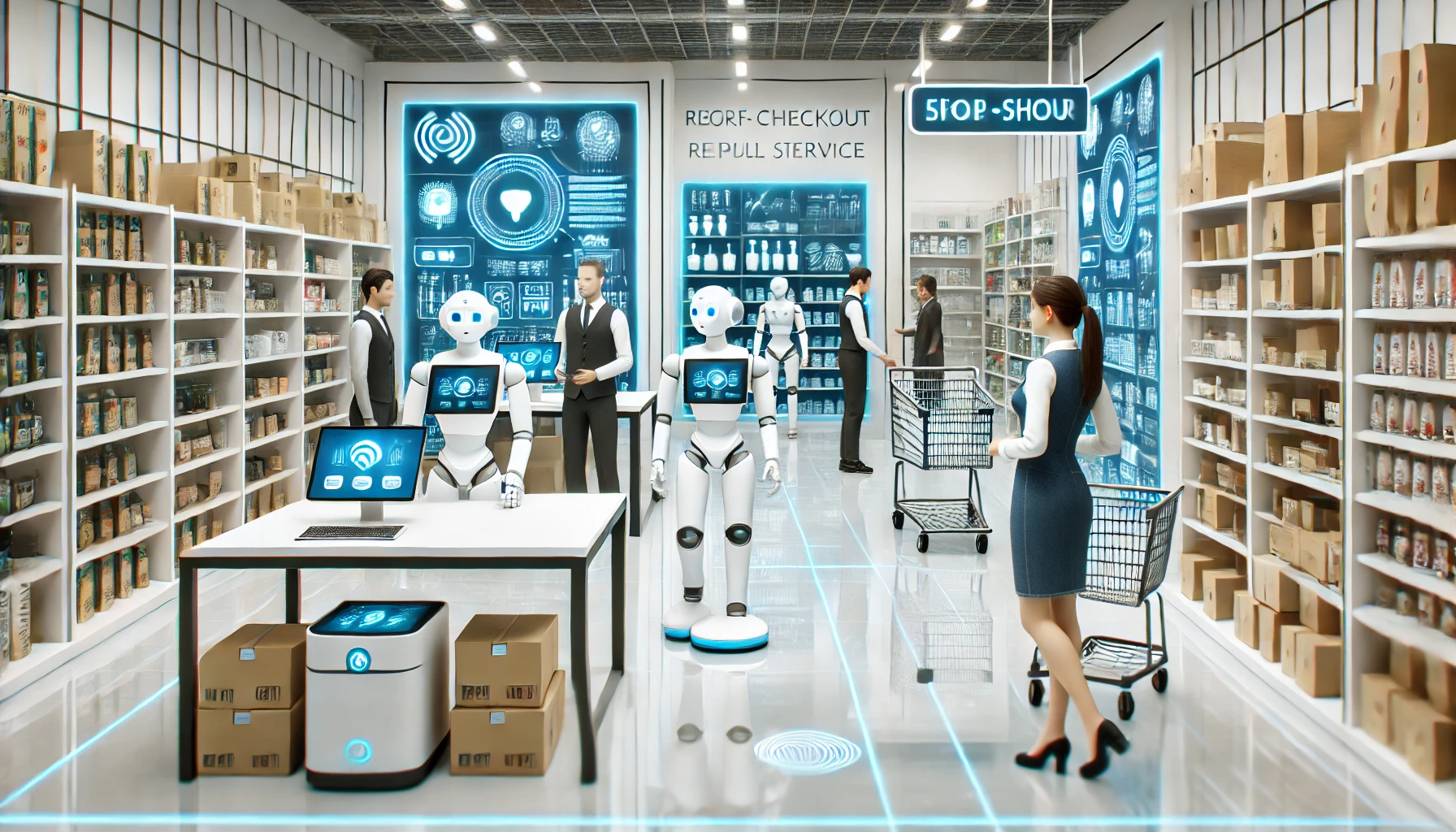What Impact Robotics Will Have on Retail
In the dynamic world of retail, innovation is a constant driving force. One of the most exciting advancements reshaping the industry is the integration of robotics. From enhancing customer service to optimizing supply chain management, robots are revolutionizing retail in myriad ways. In this article, we will delve into the profound impact robotics will have on retail, highlighting the benefits, challenges, and future prospects. By the end, you’ll have a clear understanding of how these technological marvels are set to transform the shopping experience.
The Rise of Robotics in Retail
The retail sector has always been at the forefront of adopting new technologies to improve efficiency and enhance customer satisfaction. With the advent of robotics, this trend is accelerating at an unprecedented pace. Robots in retail are being utilized for a variety of tasks, from managing inventory to providing customer assistance. This integration is not just a futuristic concept; it’s happening now and is poised to become even more prevalent in the coming years.
Enhancing Customer Service with Robotics
One of the most visible impacts of robotics in retail is on customer service. Imagine walking into a store and being greeted by a friendly robot that can assist you in finding products, answer your questions, and even make personalized recommendations. This is not science fiction; it’s the reality in several forward-thinking retail stores today.
Benefits of Robots in Customer Service:
- 24/7 Availability: Unlike human staff, robots can operate around the clock, providing uninterrupted service.
- Consistent Performance: Robots deliver a consistent level of service without being influenced by mood or fatigue.
- Personalization: Advanced AI enables robots to offer personalized recommendations based on customer preferences and shopping history.
- Efficiency: Robots can quickly retrieve information and provide accurate answers, enhancing the overall shopping experience.
For example, Lowe’s has introduced the LoweBot, an autonomous retail service robot that helps customers find products and provides real-time inventory information. Similarly, Pepper, a humanoid robot developed by SoftBank Robotics, has been employed in stores to engage with customers and offer tailored recommendations.
Optimizing Supply Chain and Inventory Management
Beyond customer service, robots are also making significant strides in supply chain and inventory management. Automated systems are increasingly being used in warehouses and fulfillment centers to streamline operations and reduce costs.
Advantages of Robotics in Supply Chain:
- Increased Efficiency: Robots can work faster and more accurately than humans, reducing the time and effort required for tasks like picking and packing.
- Reduced Errors: Automation minimizes human errors, ensuring that inventory levels are accurately maintained and orders are correctly fulfilled.
- Cost Savings: While the initial investment in robotics can be high, the long-term savings in labor costs and increased productivity often outweigh these expenses.
- Scalability: Robots can easily be scaled up or down based on demand, providing flexibility during peak shopping seasons.
Companies like Amazon and Walmart are leading the charge in utilizing robotics for supply chain optimization. Amazon’s Kiva robots navigate warehouse floors to transport products to human workers, significantly speeding up the fulfillment process. Walmart has introduced Bossa Nova robots that autonomously scan shelves for out-of-stock items, ensuring timely restocking and improving inventory accuracy.
The Future of Retail with Robotics
As robotics technology continues to evolve, its impact on retail will only grow more profound. Future developments in artificial intelligence, machine learning, and sensor technology will enable robots to perform even more complex tasks, further enhancing their utility in the retail sector.
Key Areas of Future Impact:
- Advanced Analytics: Robots equipped with AI can analyze vast amounts of data to predict trends, optimize pricing, and improve decision-making.
- Enhanced Customer Interaction: With advancements in natural language processing and emotional recognition, robots will become even more adept at understanding and responding to customer needs.
- Sustainable Practices: Robotics can contribute to sustainability efforts by optimizing energy use, reducing waste, and enabling more efficient supply chains.
- Omnichannel Integration: Robots will play a crucial role in seamlessly integrating online and offline shopping experiences, providing customers with a consistent and convenient journey across all channels.
Robotics in Retail
Impact of Robotics on Retail Keywords:
- robotics in retail
- robots enhancing customer service
- automated supply chain management
- future of retail technology
- robotic inventory management
By leveraging these keywords, we can ensure that our discussion on the impact of robotics in retail reaches a broader audience interested in this transformative technology.
Conclusion: Embracing the Robotic Revolution
The integration of robotics in retail is not just an emerging trend; it’s a paradigm shift that will redefine the industry. From enhancing customer service to optimizing supply chain operations, robots are set to play a pivotal role in shaping the future of retail. As retailers embrace this technology, they will unlock new levels of efficiency, personalization, and customer satisfaction.
However, the transition to a robot-enhanced retail environment is not without its challenges. Retailers must invest in the right technology, ensure seamless integration with existing systems, and address potential concerns related to job displacement. By navigating these challenges thoughtfully, the retail sector can harness the full potential of robotics to create a more dynamic, efficient, and customer-centric shopping experience.
In conclusion, the impact of robotics on retail is profound and far-reaching. As we continue to explore and embrace this technology, the future of retail looks incredibly promising. By staying informed and adaptable, retailers can ensure they remain at the cutting edge of this exciting evolution, delivering unparalleled value to their customers in the process.





